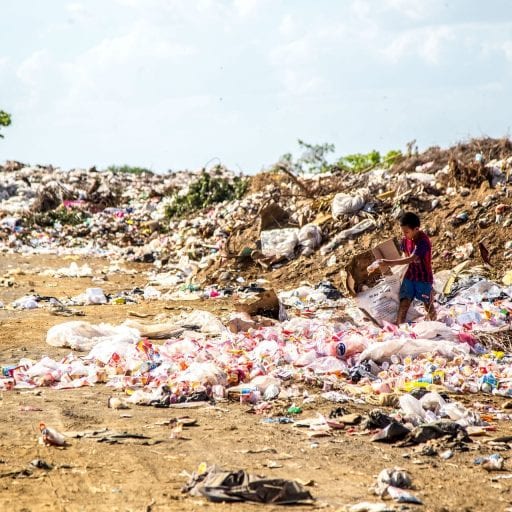Andrew Fauerbach, Thomas King, Amber Lindberg, & Elijah Thomas
Professor San Martin
Topics in Environmental History
Author Background:
Robert D. Bullard is a distinguished Professor at Texas Southern University with an extensive background in Environmental Justice.
Scholarly Focus:
This work is a chapter book written by a sociologist named Robert D. Bullard “Father of Environmental Justice”. It describes the struggles and triumphs of the grassroot movements and their progression. Those struggles are a direct product of environmental racism, which “refers to any policy, practice, or directive that deferentially affects or disadvantages…individuals, groups, or communities based on race or color…[regarding] public policies and…industry practices to provide benefits for whites while shifting industry costs to people of color” (Bullard 98). For this, Bullard makes a well-supported argument.
When looking at the strength of the authors argument, we must also look to see if there are any obvious flaws in his logic. When closely reviewed, his arguments were broad and his evidence was strong in most cases and reasonable in others. Given his strong evidence and reasonable logic, there is little reason to question his validity. Bullard argues that environmental problems not only endangering minorities but also “endangering the health of communities all across the United States” (Bullard 99). While he does mention this, he focuses his arguments mainly on how minorities are affected by such injustices.
The environmental injustice encountered by minorities and the grassroot movement against these injustices are illustrated by this section. The author provides substantial evidence making the arguments that often times minorities were greater affected by pollution and the government’s inability to fairly protect all its citizens. In terms of the effect on health conditions, there was unequal protection between that of whites and people of color. For instance, 38% of the black population to 12% of the white population suffered from lead poisoning despite having the same amount of income. The evidence for this claim is, “African American children were two to three times more likely than their white counterparts to suffer from lead poisoning” (Bullard 99). This can be seen as a result of racism.
Yet another example of this racism is the fact that the waste incinerators were predominantly built or located in regions that had a predominantly African American or Latin American population, which caused those populations of minorities to have higher infant mortality rates and to get sick more often than those of their white counterparts. Bullard noted that “the all black Carver Terrace neighborhood was built in a one hundred-year flood plain and on an old wood-treating site – with the full knowledge of city officials… In 1980, the state of Texas discovered that the soil and groundwater were contaminated with chemicals commonly used in wood preserving: pentachlorophenol (PCP), arsenic, and creosote” (Bullard 110). For example, in Texarkana, the border town between Texas and Arkansas, where this black community was highly polluted, many of the residents were involuntarily uprooted from their homes and were federally compensated for them, but the buyout caused these residents to lose their homes, and their community.
This work can be compared to Pellow’s theory of the global North and the global South. Global North and global South were not used in just a geographical sense but a political sense. He referred to the global south as African Americans and other minorities. Pellow argued that the global South was affected greater by waste than the global North, falling in line with Bullard’s argument. Both Bullard and Pellow argued that minorities were targeted by environmental racism and suffered greater consequences than whites. Bullards arguments feed off of Pellow’s ideas. Bullard uses Pellow’s main argument but expands on the idea that Caucasian people are not affected as much as minorities. Given these specified injustices, it gives good reason to while there is good research in this field, there is much more to be done. To better understand the injustices that minorities face today, data is required to make the arguments for change.
Works Cited:
Bullard, Robert D. “Environmental Racism Revisited.” Dumping in Dixie, 2008, pp. 97–112. [Chapter 5:Environmental Racism Revisited]
